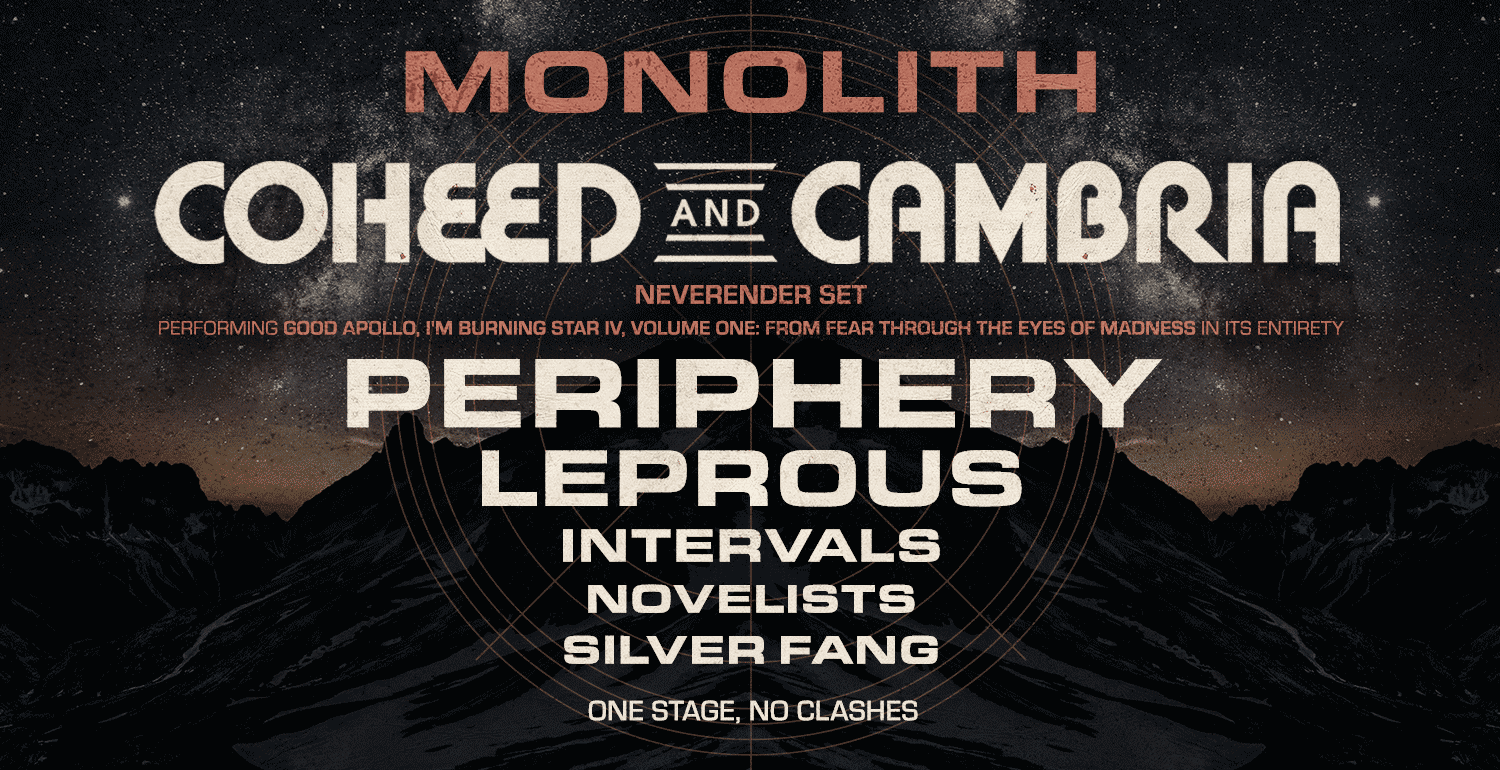Switzerland’s folk metal masters Eluveitie are back with studio album number six, once again mixing 21st century metal music with 1st century Celtic myths. For vocalist and songwriter Chrigel Glanzmann it’s time to unleash Origins on the world.
It’s clear right from the start that Glanzmann sees the new album as being another important part of a growing catalogue of music. He’s certainly not going to push the new at the expense of the old though. “If you write albums and produce music then every single one is like your baby, and with your kids you can’t really pick which one you like most,” he offers. But he’s also ready to point out some definite changes this time around “Production wise we really improved quite a lot,” he says. The absence of any ‘pure’ folk tracks is also notable. “It’s probably a little harder and harsher than the previous album, but that was not a conscious decision. Actually, there never are conscious decisions, everything just grows – it’s a pretty natural, organic process in a lot of ways.” This organic process for the writing for Origins is the same one he always has applied, “before I start writing I need to have a concept, and I need a picture of the whole album in front of my inner eye. And the concept also includes the general lyrical content. That way I know what the song is about and what it’s trying to express. I write the riffs then, and the actual lyrics line by line are formed after the riffs.”
The Gaulish/Celtic lyrical content he’s referring to is one of the trademarks of an Eluveitie album, and Origins is no exception. As Glanzmann explains, “ It’s a very human trait that every culture, every era, has it’s own tales and legends. Stories of where it has come from, and how things came to be. Of course these tales are mythical, they are metaphorical, but they also contain an element of truth in them. With the new lyrics it’s a narration of this particular Celtic history, yet because the content is pretty mythical, when I’m writing the music I’m always trying to express the lyrical content, trying to paint pictures in the mind of the listener, to create an atmosphere”.
Along with his many other roles within the band, Glanzmann also created the cover art for the new album. “It was clear to us we needed some very simple artwork that could express the mythical character of the album concept,” he says. “We wanted something abstract to symbolize the lyrical content. So I was searching and working with some scientists regarding this. But there is no one symbol that stands for Celtic culture.” It’s one of the issues the band has to deal with when building their work in a cultural setting that is two thousand years old. It took some time, but eventually he was able to find what he wanted. “When dealing with all those ancient Celtic origin myths you come across a one character from the Celtic pantheon over and over again,” explains Glanzmann. “We don’t know this god’s name, it’s a mystery today which Celtic god actually plays this role. One theory is it’s the god Sucellos, and an archaeological find of a statue shows him with a kind of star shaped halo, and that’s what we ended up with for the cover.”
Since the recording of 2012’s Helvetios, the band has bid farewell to long serving members guitarist Simeon Koch and violinist Meri Tadic. Their replacements are Rafael Salzmann on guitar, and Nicole Ansperger on violin. Although neither has been directly involved in the writing for the new album, Glanzmann acknowledges their presence has helped shape the music. “The writing is basically myself, often working with Ivo. But of course, every musician has his or her own way of playing, so that kind of influenced me during the songwriting process.” A clear example of this is the presence of some guitar solos. “There are some short parts where Rafael is playing guitar solos which is kind of new for us,” says Glanzmann. “He’s just a great solo player, and actually he’s not a metal guitarist. We met at a studio by accident and he worked there doing sessions for anything – pop, jazz, whatever. In my opinion this is a good thing, having people bringing different styles.” There are also several moments on the album where Ansperger is given the leading role. Again, Glanzmann was keen when writing to make use of the new talent. “With Nicole, she is an extremely skilled violin player, many years of experience with a Celtic folk style, and a very raw and energetic style of playing. So there are some songs and parts where the violin is pretty much the highlight.”
One of the standout tracks is “Call of the Mountains”, a song that Glanzmann sees as working on several levels. “It’s a Celtic story dealing with a very very old fragment in an ancient literary testimony which explains where the Celts of the region came from,” he says. “It tells the tale of how they were wandering and looking for a final place to settle, and eventually found their Alpine home.” But it also reflects the band’s own sense of ‘home’. “We all love our homeland, the Alpine landscapes and mountains. Many of us love to go wandering in the mountains when we have some spare time.“
With the album now out, the touring cycle for Origins will begin, initially taking in North America and Europe. Later dates will hopefully include Australia, with the band keen to return after their initial tour in 2013. “We hope, we want to come back just as soon as possible. But only the first leg has been confirmed so far, all the rest is still being planned,” offers Glanzmann. While we wait for news on possible 2015 dates, there’s plenty of time to sit back and enjoy the latest blend of melodic death metal and folk that is Origins.
[youtube http://www.youtube.com/watch?v=-AawUSC6hGY&w=560&h=315]













